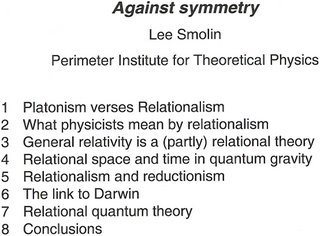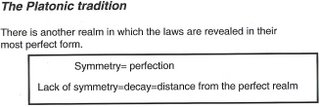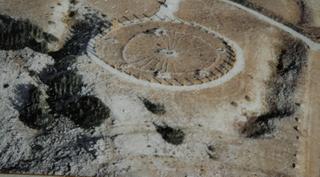 |
| How would you draw a Universe with all theories as being part of, as a subset? |
Pictorial representations can be very useful in presenting information or assisting reasoning. Venn diagram is an example. Venn diagrams are used to represent classes of objects, and they can also assist us in reasoning about the relations between these classes. They are named after the English mathematician John Venn (1834 - 1923), who was a fellow at Cambridge University.
A few may have taken in the link supplied to a lecture given by Thomas Campbell with regard to his MBT book he had written. Now, I was drawn to the idea of a Venn diagram presented in his lecture and the idea of how one might have use this diagram as a question about the universe and it's subsets? How would you draw it?
I give a current posting by Sean Carroll with regards to his opinion on a book written by Lawrence Krauss. So there all these theories about the nature of the universe and some scientists of course have their opinions.
............Or not, of course. We should be good empiricists and be open to the possibility that what we think of as the universe really does exist within some larger context. But then we could presumably re-define that as the universe, and be stuck with the same questions. As long as you admit that there is more than one conceivable way for the universe to be (and I don’t see how one could not), there will always be some end of the line for explanations. I could be wrong about that, but an insistence that “the universe must explain itself” or some such thing seems like a completely unsupportable a priori assumption. (Not that anyone in this particular brouhaha seems to be taking such a stance.) SEE:A Universe from Nothing?
Physicists have proposed several theories to explain why Λ is so small. One of the most popular -- the "anthropic principle" -- states that Λ is randomly set and has very different values in different parts of the universe (figure 1). We happen to live in a rare region, or "bubble", where Λ has the value we observe. This value has allowed stars, planets and therefore life to develop. However, this theory is also unsatisfactory for many scientists because it would be better to be able to calculate Λ from first principles.
See also:


















